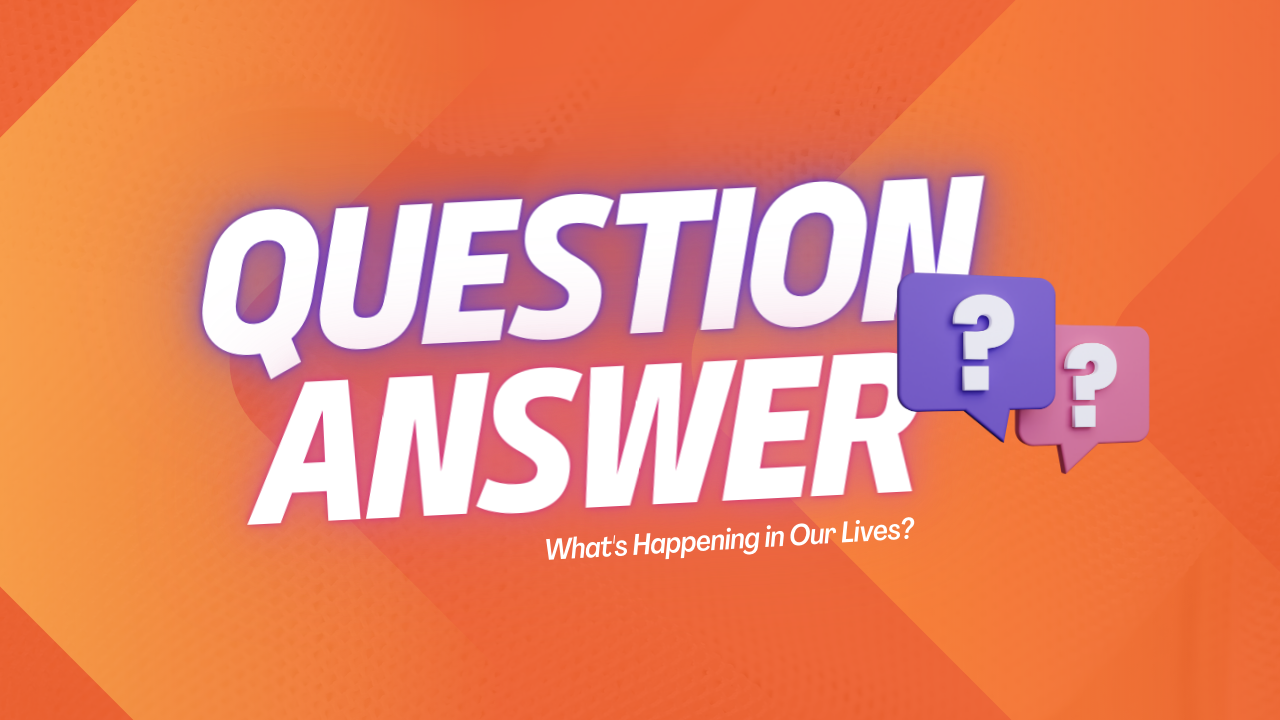The Difference between Liability and Expense | Liability vs Expense | Answerthings69
"Discover the distinction between liability and expense in financial terms. Learn how they impact your business's financial statements and decision-making process."
What is a Liability?
A liability is a financial obligation that a company or individual owes to another party. Liabilities can arise from a variety of sources, such as loans, accounts payable, and accrued expenses. Liabilities are listed on a company's balance sheet, and they represent a claim against the company's assets.
What is an Expense?
An expense is a cost that is incurred in the course of doing business. Expenses can be incurred for a variety of items, such as rent, salaries, and supplies. Expenses are listed on a company's income statement, and they reduce the company's net income.
The Difference Between Liability and Expense
The main difference between a liability and an expense is that a liability is a future obligation, while an expense is a current cost. Liabilities are typically paid off in the future, while expenses are paid off in the current period.
Another difference between liabilities and expenses is that liabilities are listed on the balance sheet, while expenses are listed on the income statement. The balance sheet is a snapshot of a company's financial position at a specific point in time, while the income statement shows a company's financial performance over a period of time.
Examples of Liabilities
- Accounts payable
- Notes payable
- Accrued expenses
- Unsecured debt
- Secured debt
- Lease liabilities
- Warranty liabilities
- Contingent liabilities
Examples of Expenses
- Rent
- Salaries
- Supplies
- Utilities
- Marketing
- Advertising
- Depreciation
- Amortization
- Interest expense
The Importance of Understanding Liabilities and Expenses
It is important for businesses to understand the difference between liabilities and expenses. This is because liabilities can have a significant impact on a company's financial health. For example, if a company has too much debt, it may not be able to pay its bills and may eventually go bankrupt.
Expenses can also have a significant impact on a company's financial health. If a company spends too much money on expenses, it may not be able to make a profit. This can lead to financial difficulties and may eventually force the company to close its doors.
By understanding the difference between liabilities and expenses, businesses can make better financial decisions and improve their chances of success.
How to Manage Liabilities and Expenses
There are a number of things that businesses can do to manage their liabilities and expenses. Some of these things include:
- Create a budget and stick to it
- Pay bills on time
- Negotiate better terms with creditors
- Reduce unnecessary expenses
- Invest in assets that can generate income
- Monitor financial performance closely
In conclusion, liabilities and expenses are two important financial concepts that businesses need to understand. Liabilities are future obligations that a company owes to another party, while expenses are costs that are incurred in the course of doing business. Liabilities are listed on the balance sheet, while expenses are listed on the income statement.
It is important for businesses to understand the difference between liabilities and expenses so that they can make better financial decisions. By understanding these concepts, businesses can improve their financial health and reduce the risk of financial difficulties.




%20and%20transform()%20in%20Pandas.png)

.png)